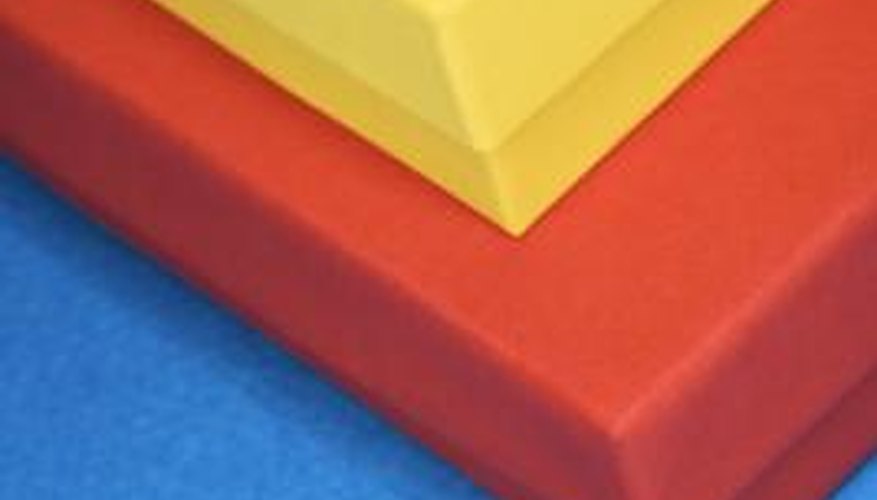The difference between a vertex and a corner is not in their definitions. Rather, it is in the way these terms are used. One is used when discussing mathematical instances, while the other is used to describe objects and areas within the physical world.
Definition
The definition of a vertex and a corner are the same. In both cases, it is the convergence of two lines or surfaces to a point. The meeting of these lines results in the creation of an angle. Multiple convergences are called corners or vertices.
- The definition of a vertex and a corner are the same.
- In both cases, it is the convergence of two lines or surfaces to a point.
Usage of the Term Vertex
The term vertex is used within the world of mathematics to measure the amount of surface on an object. For example, a triangle contains three vertices while a pentagon has five. These vertices are connected by line segments known as edges.
Usage of the Term Corner
The term corner is used within the physical world to describe the meeting of two lines of an object or an area. Examples of this are the point where two roads meet or where two sides of a building converge into one another. According to a 20th century court ruling, the variation in a particular line does not constitute a corner.
Other Uses of Vertex and Corner
In mathematics, a vertex can also be defined as a boundary of a certain shape. For instance, the circumference of a circle can be defined as its vertex. A corner can also be defined as an object that is used to protect or adorn an area where two surfaces meet.
Use of Vertices in Formulas
The use of vertices play a role in the mathematical theorem known as Euler's formula. In the theorem, the amount of faces in an object, like a cube, plus the number of vertices, minus the number of edges, will always equal 2. This formula applies to all complex, three-dimensional polyhedrons.
